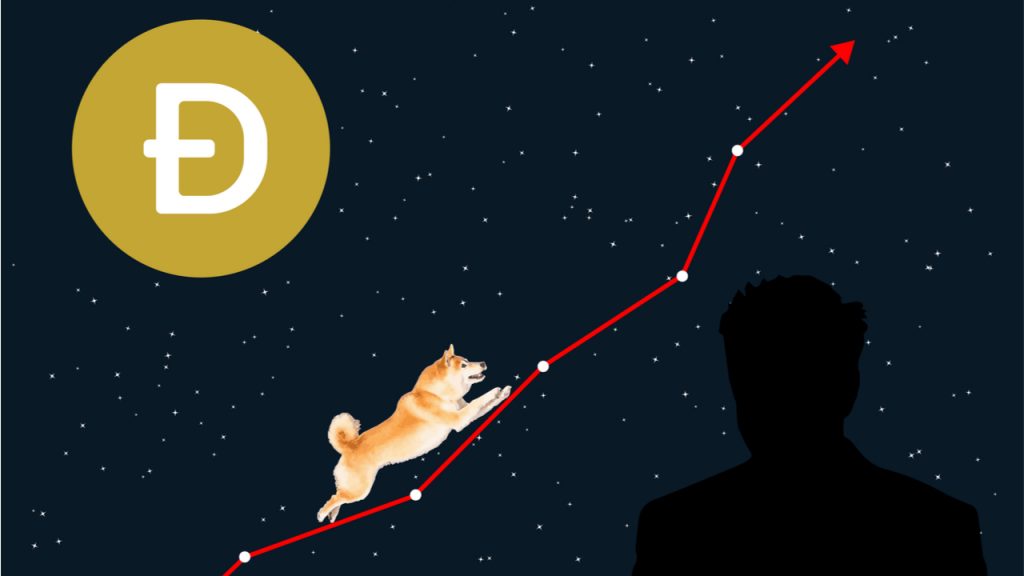Have you ever wondered what happens when you click on that scam link saying “You won 0.359 BTC”? well I clicked it so you wont have to.
On June 10th, 2022 I received the following message on discord and was told that I had won 0.359 BTC. But wait, I didn't just win 0.359 btc but I also won a bonus prize. so like any curious and desperate crypto investor would do, I fired up and old laptop that's been collecting dust…
Read more







